Qing Function
Mathematical Definition
\[f(\mathbf{x})=f(x_1, ..., x_n)=\sum_{i=1}^{n}(x^2-i)^2\]Plots
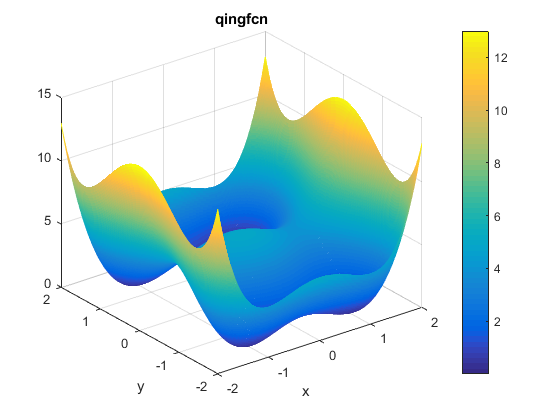
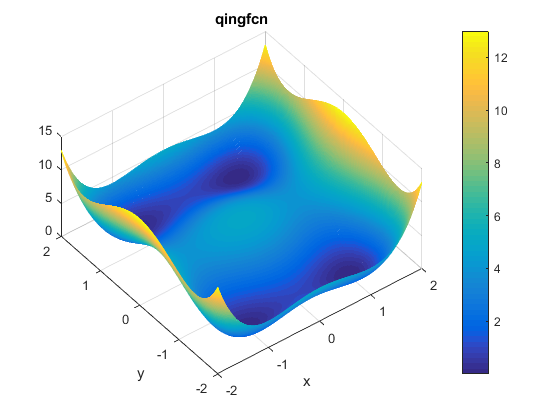
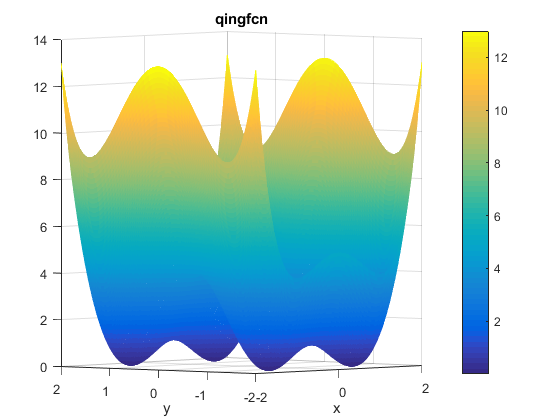
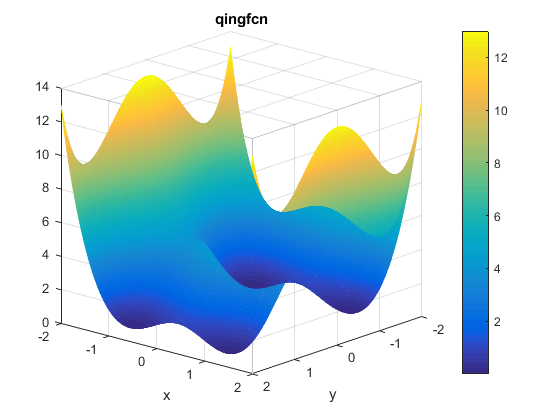
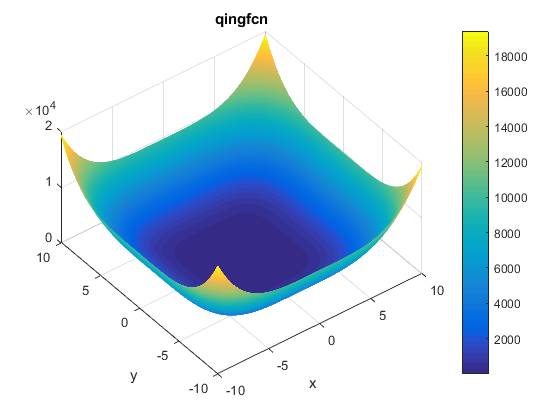
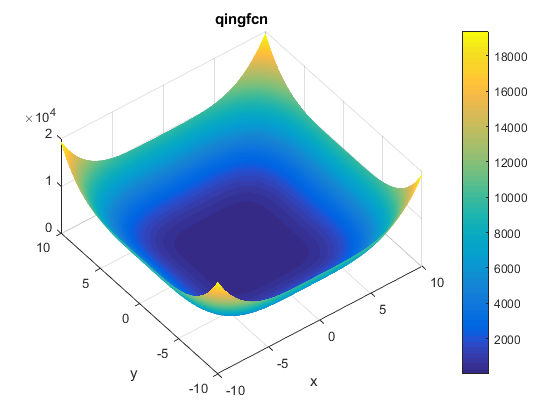
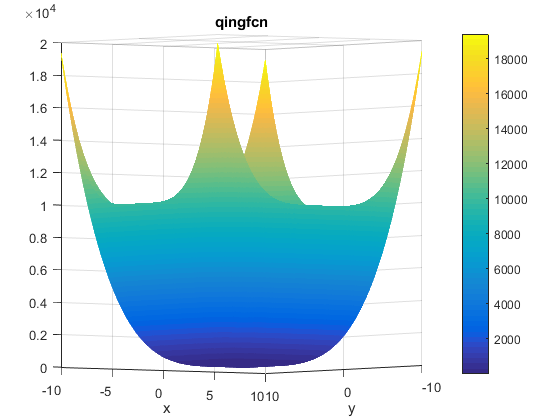
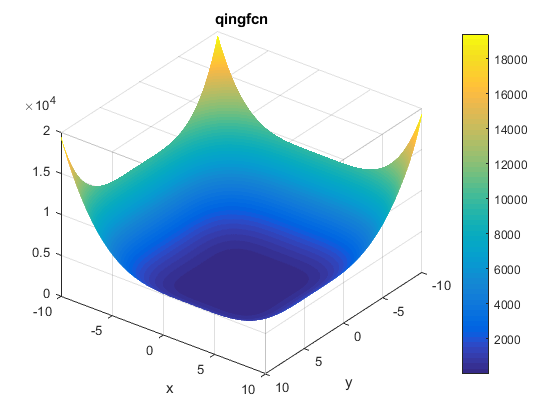
Two contours of the function are presented below:

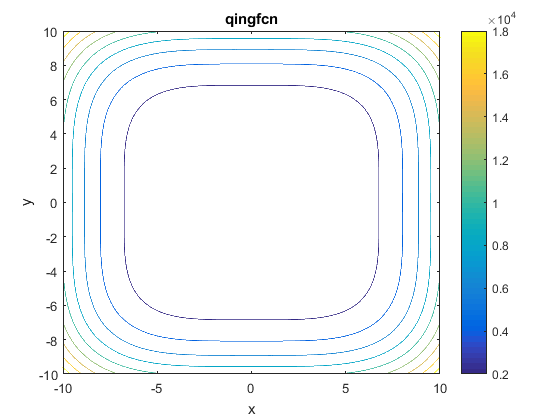
Description and Features
- The function is continuous.
- The function is not convex.
- The function is defined on n-dimensional space.
- The function is multimodal.
- The function is differentiable.
- The function is non-separable.
Input Domain
The function can be defined on any input domain but it is usually evaluated on $x_i \in [-500, 500]$ for $i=1, …, n$.
Global Minima
The global minima $f(\textbf{x}^{\ast})=0$ are located at $\mathbf{x^\ast}=(\pm\sqrt{i}, …, \pm\sqrt{i})$.
Implementation
Python
For Python, the function is implemented in the benchmarkfcns package, which can be installed from command line with pip install benchmarkfcns.
from benchmarkfcns import qing
print(qing([[0, 0, 0],
[1, 1, 1]]))MATLAB
An implementation of the Qing Function with MATLAB is provided below.
% Computes the value of the Qing function.
% SCORES = QINGFCN(X) computes the value of the Qing
% function at point X. QINGFCN accepts a matrix of size M-by-N and
% returns a vetor SCORES of size M-by-1 in which each row contains the
% function value for the corresponding row of X.
%
% Author: Mazhar Ansari Ardeh
% Please forward any comments or bug reports to mazhar.ansari.ardeh at
% Google's e-mail service or feel free to kindly modify the repository.
function scores = qingfcn(x)
n = size(x, 2);
x2 = x .^2;
scores = 0;
for i = 1:n
scores = scores + (x2(:, i) - i) .^ 2;
end
end The function can be represented in Latex as follows:
f(\mathbf{x})=f(x_1, ..., x_n)=\sum_{i=1}^{n}(x^2-i)^2References:
- Momin Jamil and Xin-She Yang, A literature survey of benchmark functions for global optimization problems, Int. Journal of Mathematical Modelling and Numerical Optimisation}, Vol. 4, No. 2, pp. 150–194 (2013), arXiv:1308.4008
- A. Qing, “Dynamic Differential Evolution Strategy and Applications in Electromagnetic Inverse Scattering Problems,” IEEE Transactions on Geoscience and remote Sensing, vol. 44, no. 1, pp. 116-125, 2006.